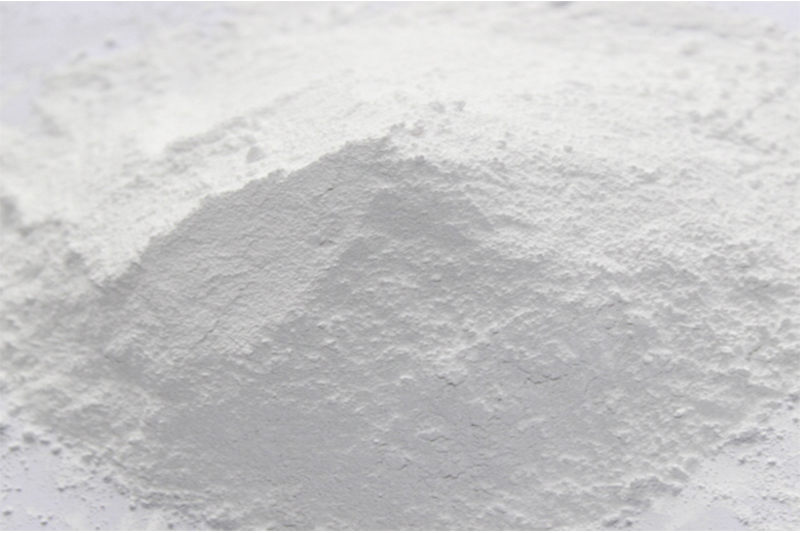
Sep . 07, 2024 00:00 Back to list
Formation of Titanium Dioxide Factories
The Formation of Titanium Dioxide Factories
Titanium dioxide (TiO2) is one of the most widely used industrial materials due to its exceptional properties. It is primarily employed as a pigment in paints, coatings, and plastics, thanks to its high opacity and brightness. The formation of titanium dioxide factories marks a significant development in the chemical manufacturing industry, reflecting the growing demand for this versatile compound.
The process of establishing titanium dioxide factories begins with sourcing raw materials, predominantly titanium ore. The most commonly used ores are ilmenite and rutile, both rich in titanium content. The extraction and processing of these ores into titanium dioxide require sophisticated techniques that involve various chemical processes. The production generally follows two main methodologies the sulfate process and the chloride process.
In the sulfate process, ilmenite ore is treated with sulfuric acid, leading to the formation of titanium sulfate. This intermediate product is then hydrolyzed to yield titanium dioxide. The sulfate process is advantageous for its ability to process a variety of titanium ores; however, it generates significant waste and may result in environmental challenges.
formation of titanium dioxide factories

Conversely, the chloride process is more environmentally friendly and produces higher-purity titanium dioxide. In this method, titanium ores are reacted with chlorine gas to produce titanium tetrachloride, which is subsequently oxidized to yield TiO2. The chloride process, while requiring high-purity rutile or synthetic rutile, results in fewer by-products, making it a preferred option among manufacturers committed to sustainability.
As demand for titanium dioxide grows—driven by expanding industries such as construction, automotive, and consumer goods—developers are investing in more factories globally. The rise of these production facilities not only caters to market needs but also encourages innovation in manufacturing techniques, focusing on energy efficiency and reduced environmental impact. Advanced technologies, such as automation and process optimization, are increasingly being implemented to improve production efficiency.
Moreover, the establishment of titanium dioxide factories plays a crucial role in local economies. They generate employment opportunities, stimulate surrounding industries, and contribute to regional development. However, it is essential for companies to adhere to environmental regulations to minimize ecological footprints, considering the potential pollution associated with chemical manufacturing.
In conclusion, the formation of titanium dioxide factories represents a vital aspect of modern industrial development. As the world continues to grapple with sustainable practices and environmental concerns, the titanium dioxide industry is poised to evolve, balancing economic growth with ecological stewardship.
-
China Lithopone in China Supplier – High Quality Lithopone ZnS 30% Powder for Wholesale
NewsJun.10,2025
-
Top China Titanium Dioxide Company – Premium TiO2 Powder Supplier & Manufacturer
NewsJun.10,2025
-
Fast Shipping 99% Pure TiO2 Powder CAS 13463-67-7 Bulk Wholesale
NewsJun.10,2025
-
Top China Titanium Dioxide Manufacturers High-Purity R996 & Anatase
NewsJun.10,2025
-
Lithopone MSDS Factories - Production & Quotes
NewsJun.10,2025
-
High-Quality Titanium Dioxide in Water Suppliers - China Expertise 60
NewsJun.09,2025
